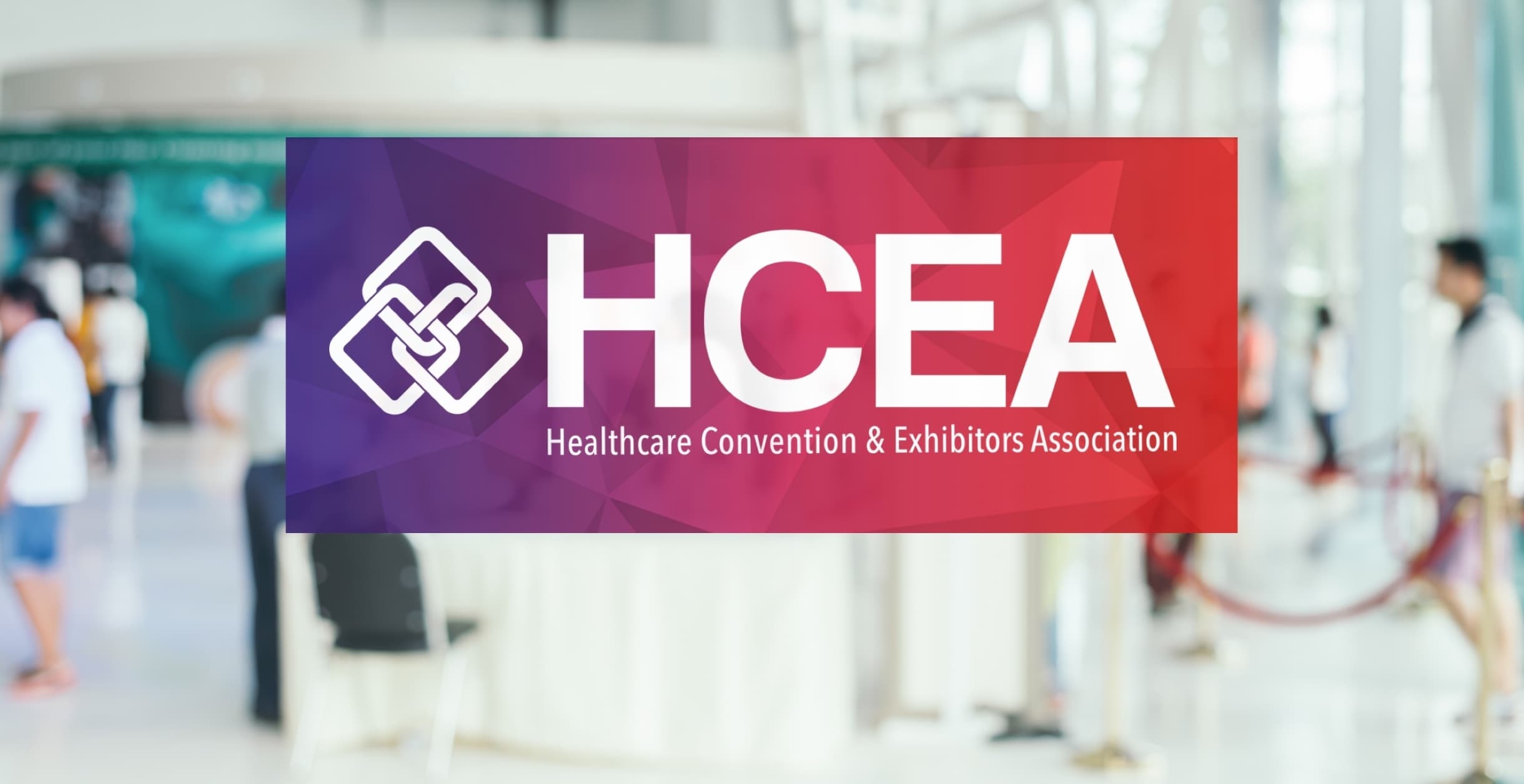Überprüfung der Gesundheit von Gesundheitsveranstaltungen: Ein Update von HCEA.


After several years of virtual meetings, the annual Healthcare Convention & Exhibitors Association (HCEA) meeting was held live again this year in Charlotte, NC. It was a great opportunity for healthcare marketers not only to take the pulse of healthcare meetings and conventions, but also to gain valuable insights into attendance trends and desires, and to understand the realities brands face when moving back to live events to return. Here are some takeaways from the event:
- Live events are back - but the data on healthcare attendance is more complex.
Each year, the HCEA presents an "Industry Review" with hard data on attendance, preferences, trends, etc. This year, Freeman has shared some very insightful data from her extensive research on both the live events industry as a whole and the healthcare industry specifically.
For health workers on the go again, it probably won't come as a surprise to hear that live events are returning. Data shows that events in general have returned to around 15% of 2019 numbers - and are on an upward trend. However, participation in the health sector is lagging behind. But the raw numbers don't tell the whole story.
Large, pivotal healthcare events are closely tracking numbers across the industry and much of the gap can be attributed to a sharp drop in international attendees. This drop is bad news for associations. However, for corporate exhibitors who typically work with North American marketing budgets, a lower number of international attendees actually translates into an improvement in the overall quality of attendees.
- Exhibitors and partners need to work together
HCEA was a valuable opportunity to hear from a panel of senior convention commercialists from pharmaceutical, biotechnology and device manufacturing companies on how things are changing within their organizations and how their partners and suppliers can help.
Some common themes were picked up by all panellists. In particular, budgets are stable, costs are increasing and there is a need to do more with less. All of this requires working with trusted partners to maximize investment. And that really starts with greater transparency into budget realities. In some cases, the answer could be smaller footprints, with an increasing reliance on digital engagements to fill the gap. In other cases, it could mean examining the event portfolio closely and setting priorities where necessary.
The discussion really highlighted the symbiotic relationship between convention marketers and industry partners as they deal with the challenges of rising costs and cautious return to live events to maintain the value of the channel. - MSL engagement is a design imperative
We all know that healthcare participants are keen to understand the science behind a new therapy and explore the potential of pipelines and clinical trials. The results of a recent Medical Science Liaison Society (MSL) survey of Key Opinion Leaders (KOL) have strengthened and expanded the importance of the medical area of trade show design for medical affairs/medical information.
KOLs reported a significantly greater desire to interact with MSLs than commercial representatives and a greater interest in scientific and medical discussions than in "brand" discussions. The outcome of this preference is beginning to inform how engagements are designed, as we see corporate clients showing a growing interest in an enhanced design approach to the medical portion of their exhibits and a more integrated design aesthetic from medical to commercial spaces.
A Final Note
The Freeman research also showed a very important outcome of the last four years of upheaval. Trust is now a major currency at live events. When asked to name the most trustworthy sources of information today, attendees listed in-person events, academic institutions and professional trade organizations as their top three. More than ever, healthcare audiences look to congresses and annual meetings—and the organizations that drive them—as their most trusted sources of important and reliable information. And this perhaps more than any other single factor speaks to the ongoing health of our healthcare events.